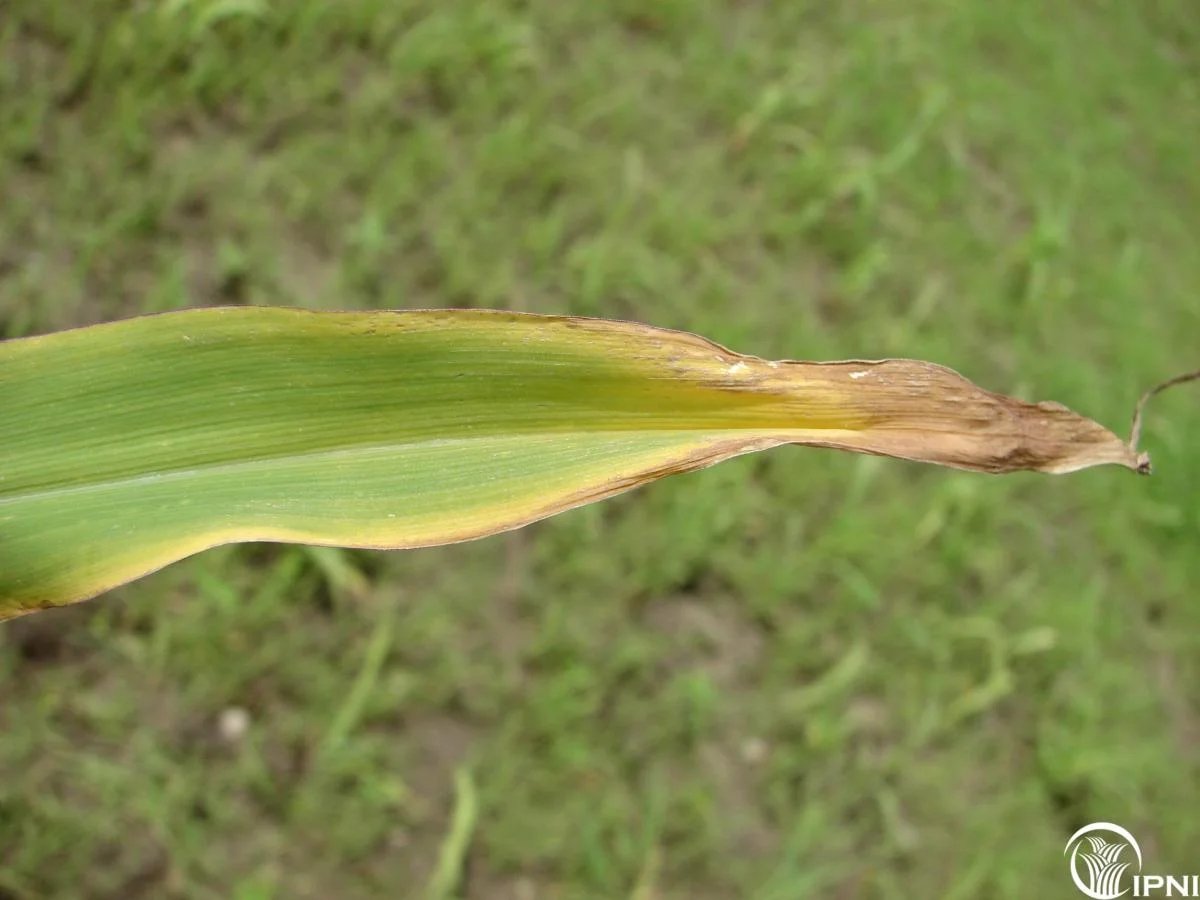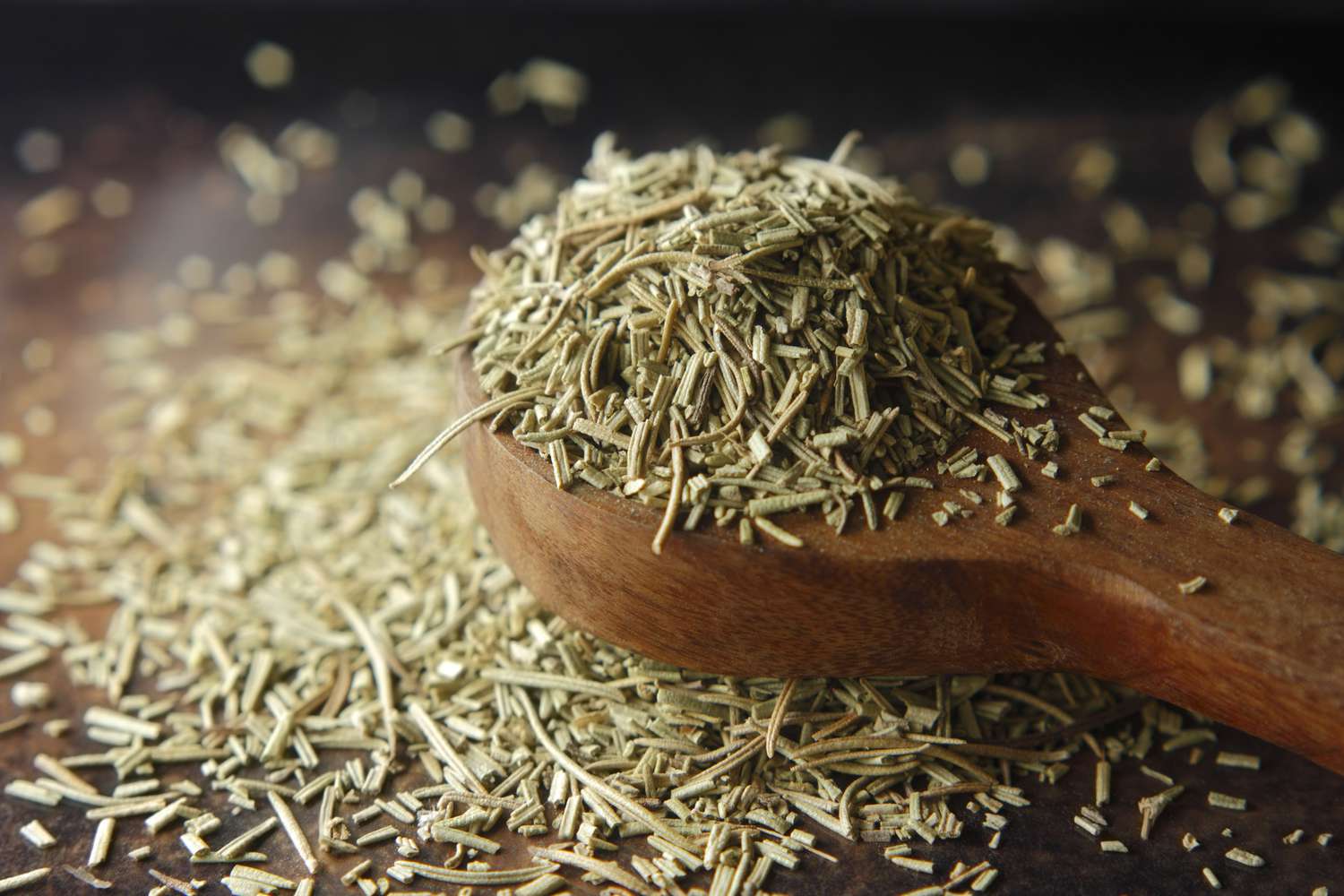Home>Gardening News and Trends>Latest News>What Are 3 Terms Used To Describe Organisms Such As Trees


Latest News
What Are 3 Terms Used To Describe Organisms Such As Trees
Modified: February 8, 2024
Get the Latest News on Organisms such as Trees! Discover the 3 key terms used to describe these fascinating organisms and stay up to date with the latest developments.
(Many of the links in this article redirect to a specific reviewed product. Your purchase of these products through affiliate links helps to generate commission for Chicagolandgardening.com, at no extra cost. Learn more)
Table of Contents
Introduction
When it comes to describing organisms such as trees, there are several terms that are commonly used to capture their unique characteristics and attributes. These terms not only help us identify and categorize different types of trees but also provide insight into their ecological role and significance. From their physical traits to their life cycle, each term sheds light on a particular aspect of these majestic organisms. In this article, we will explore three key terms that are often used to describe trees: arboreal, woody, and perennial.
Trees are fascinating beings that have played a crucial role in shaping our planet’s ecosystems for millions of years. Their immense height, widespread branches, and extensive roots make them stand out from other organisms in the natural world. Additionally, trees play a critical role in providing oxygen, regulating climate, and supporting countless other forms of life. Understanding the nuances of these terms will not only expand our knowledge but also deepen our appreciation for the beauty and importance of trees.
So, let’s dive into the world of trees and explore the fascinating terms that describe them!
Term 1: Arboreal
When we describe an organism as “arboreal,” it means that it is primarily adapted to live or grow in trees. This term is commonly used to refer to tree-dwelling animals, such as monkeys, squirrels, and koalas. However, it can also be applied to certain types of plants, like orchids and epiphytes, which grow on the branches or trunks of trees rather than in the soil.
Arboreal organisms have evolved specific adaptations to thrive in their tree-dwelling habitats. For animals, these adaptations often include long limbs or prehensile tails, which allow for agile movement and the ability to grasp onto branches. Some arboreal animals also have specialized feet or claws that aid in climbing trees and maintaining a strong grip. These adaptations not only enable them to navigate their vertical habitats but also provide protection from ground-dwelling predators.
In addition to animals, certain types of plants exhibit arboreal characteristics. Epiphytes, for example, are plants that grow on the branches or trunks of trees without deriving nutrients from the tree itself. They have adapted to obtain water and nutrients from the air, rain, or debris that collects around them. Orchids, renowned for their beauty and diversity, are often found growing as epiphytes in tropical rainforests.
The term “arboreal” encompasses a wide range of organisms, each with their own unique adaptations and ecological roles. By understanding and appreciating the concept of arboreal, we gain insights into the interconnectedness of these organisms and their environment. It reminds us of the incredible diversity and complexity of the natural world and highlights the intricate relationships between trees and the organisms that depend on them.
So, the next time you spot a monkey swinging effortlessly through the treetops or discover a beautiful orchid perched on a tree branch, remember the term “arboreal.” It serves as a reminder of how trees provide not only shelter and sustenance but also a home for countless remarkable organisms.
Term 2: Woody
When we describe an organism as “woody,” it refers to its characteristic of having a hard and dense stem or trunk made of wood. This term is commonly associated with trees, but it can also be applied to certain shrubs and vines that have similar structural attributes.
The woody nature of trees and other woody plants allows them to grow tall and strong, providing stability and support. The presence of lignin, a complex organic compound found in the cell walls of wood, gives these plants their rigidity and durability. The woody stem serves as a framework for the tree, providing a sturdy structure for the branches, leaves, and reproductive organs.
Woody plants also exhibit secondary growth, which is the ability to increase the thickness of their stems or trunks over time. This is achieved through the activity of the vascular cambium, a layer of cells that produces new wood towards the inside and new bark towards the outside. The growth rings visible in the cross-section of a tree trunk represent the annual growth of the woody tissue.
Aside from their structural significance, woody plants have ecological and economic importance as well. They act as carbon sinks, absorbing and storing atmospheric carbon dioxide, thereby mitigating climate change. Moreover, they provide valuable timber for construction, furniture, and other wood-based industries.
Understanding the term “woody” allows us to appreciate the resilience and versatility of trees and woody plants. It highlights their unique ability to withstand the elements, adapt to changing environmental conditions, and provide essential resources for humans and other organisms.
So, the next time you walk through a forest and admire the towering trees or enjoy the shade of a woody shrub in your garden, think about the term “woody” and how it encapsulates the strength and significance of these remarkable plants.
Term 3: Perennial
When we refer to an organism as “perennial,” it means that it has a life cycle that extends for multiple years. This term is commonly used to describe plants that live and bloom for more than two growing seasons, as opposed to annuals or biennials that complete their life cycle within one or two years, respectively.
Perennial plants have adapted mechanisms to survive harsh environmental conditions, such as extreme temperatures and drought. They often have deep root systems that allow them to access water and nutrients from deeper soil layers. These extensive root systems also help prevent soil erosion and contribute to soil stability.
One of the key advantages of perennial plants is their ability to conserve energy and nutrients that would otherwise be expended on reproductive efforts. By avoiding the need to produce seeds every year, perennials can allocate more resources to growth, maintenance, and long-term survival. This enables them to develop larger root systems and store energy reserves, resulting in robust and persistent growth.
Furthermore, perennial plants often possess specialized structures that aid in their longevity. For example, some perennials have underground storage organs, such as bulbs, rhizomes, or tubers, which allow them to remain dormant during unfavorable conditions and re-emerge when conditions improve. These storage organs provide a means for the plant to quickly regenerate and resume growth, ensuring its perpetual existence.
In addition to their resilience, perennial plants contribute to the overall stability and biodiversity of ecosystems. They provide habitats and food sources for various organisms, including pollinators and other wildlife. Their longevity also allows them to play a crucial role in nutrient cycling and soil health, as they continuously interact with the surrounding environment over extended periods.
Understanding the term “perennial” allows us to recognize the enduring nature of certain plants and their integral role in the natural world. It reminds us of their ability to adapt, persist, and contribute to the intricate balance of ecosystems.
So, the next time you admire a garden filled with blooming flowers that return year after year, or observe a patch of wildflowers gracing a meadow, reflect on the term “perennial” and appreciate the lasting beauty and significance of these plants.
Conclusion
As we delve into the world of trees and explore the terms used to describe them, we gain a deeper understanding of their unique characteristics and ecological significance. The terms “arboreal,” “woody,” and “perennial” encapsulate different aspects of trees, providing insights into their habitat, structure, and life cycle.
Arboreal signifies an organism’s adaptation to living or growing in trees, highlighting their ability to navigate vertical habitats and utilize the resources provided by the tree. Woody describes the hard and dense nature of trees and other woody plants, emphasizing their strength, durability, and economic importance. Perennial refers to plants with life cycles extending beyond two years, emphasizing their resilience, long-term growth strategies, and contributions to ecosystem stability.
Through these terms, we come to appreciate the intricate relationships between trees and other organisms. We realize that trees are not just static entities but dynamic habitats, providing homes and sustenance for a wide range of arboreal creatures. We also recognize the immense value of trees as sources of timber, carbon sinks, and ecosystem builders.
As we explore the world of trees and engage with these terms, our perspective expands, and our admiration for these remarkable organisms deepens. We begin to see trees not just as individual entities but as vital components of our natural world, contributing to the well-being of our planet and all its inhabitants.
So, the next time you walk through a forest, stroll through a garden, or simply gaze upon a majestic tree, take a moment to reflect on these terms. They serve as reminders of the intricate web of life and the incredible role that trees play within it.
Let us continue to explore and appreciate the wonders of the natural world and strive to protect and conserve these invaluable treasures for generations to come.




